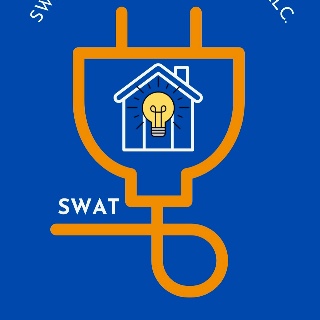Solar Power: Myths and Truths
-

Solar panels have emerged as a prominent solution for harnessing renewable energy and reducing reliance on traditional power sources. However, a number of misconceptions persist regarding their efficiency, cost-effectiveness, and maintenance requirements. Addressing these myths can empower homeowners to make informed decisions about solar panel installation.Myth 1: Limited Functionality in Less Sunny Climates
While solar panels undeniably generate more electricity on clear days, their effectiveness is not negated by cloud cover. Studies like the GlobalTrends of the National Intelligence Council indicate that they can still produce at least 25% of their potential output under such conditions. Furthermore, cold weather can actually enhance their efficiency. This characteristic makes solar panels a viable option for regions with diverse climates, as evidenced by their widespread adoption in countries like Canada and Germany. Also, there are brands like PowerFilm Solar Panels that are suited to collect direct sunlight and indirect light in shady areas.
Myth 2: Environmental Impact of Panel Production
The manufacturing process for solar panels does involve some environmental impact. However, a critical aspect to consider is the significant reduction in greenhouse gas emissions achieved by a functioning solar panel system over its lifespan. These systems prevent the release of tons of harmful pollutants compared to traditional energy sources reliant on fossil fuels. The long-term environmental benefits far outweigh the initial ecological impact of manufacturing.
Myth 3: Energy Payback Period is Unrealistic
The notion that solar panels never recover the energy used in their production is demonstrably false. Extensive research conducted by the National Renewable Energy Laboratory (NREL) in the United States indicates that the energy payback period for a typical residential solar power system is approximately four years, assuming a lifespan of 25-30 years for the panels. This timeframe can be even shorter depending on individual circumstances and the efficiency of the panels themselves.
Myth 4: Prohibitive Initial Costs and Limited Return on Investment
While the upfront cost of installing solar panels can be substantial, the long-term financial benefits are undeniable. Government incentives such as tax credits and rebates significantly reduce the initial investment (Check our podcast about it to know more details). Additionally, the substantial savings accrued on electricity bills over time contribute to a positive return on investment. Solar panels are no longer solely accessible to high-income households, with increasing affordability attracting a wider range of homeowners.
Myth 5: High Maintenance Requirements
Solar panels are designed for durability and require minimal maintenance. Regular cleaning to remove dust and debris is typically the only upkeep necessary. Their robust construction allows them to withstand harsh weather conditions, including snow, wind, and heavy rain. You can even find portable and travel-size solar panels like the Vigorpool Lake 300 made specially to be used on the road.
Myth 6: Exclusive Reliance on Solar Power
Standalone solar power systems are uncommon and primarily found in remote. The majority of residential solar installations connect to the existing power grid. This ensures a continuous supply of electricity during nighttime hours or when solar power generation is insufficient.
Myth 7: Insufficient Power Generation for Entire Homes
Solar panels can effectively power an entire household. While some homeowners choose systems that meet only a portion of their electrical needs, a properly designed and sized system can generate sufficient electricity to cover a home's entire energy consumption. Statistics indicate that an average American home would require between 28 and 34 photovoltaic panels, each with a capacity of 250 watts, to achieve complete energy independence.
Solar power for homes is more and more common these days. And, by dispelling these common misconceptions, now you will have a bigger understanding of the advantages associated with solar panel installation. Solar energy presents a compelling option for reducing reliance on fossil fuels, lowering energy costs, and contributing to a more sustainable future.









